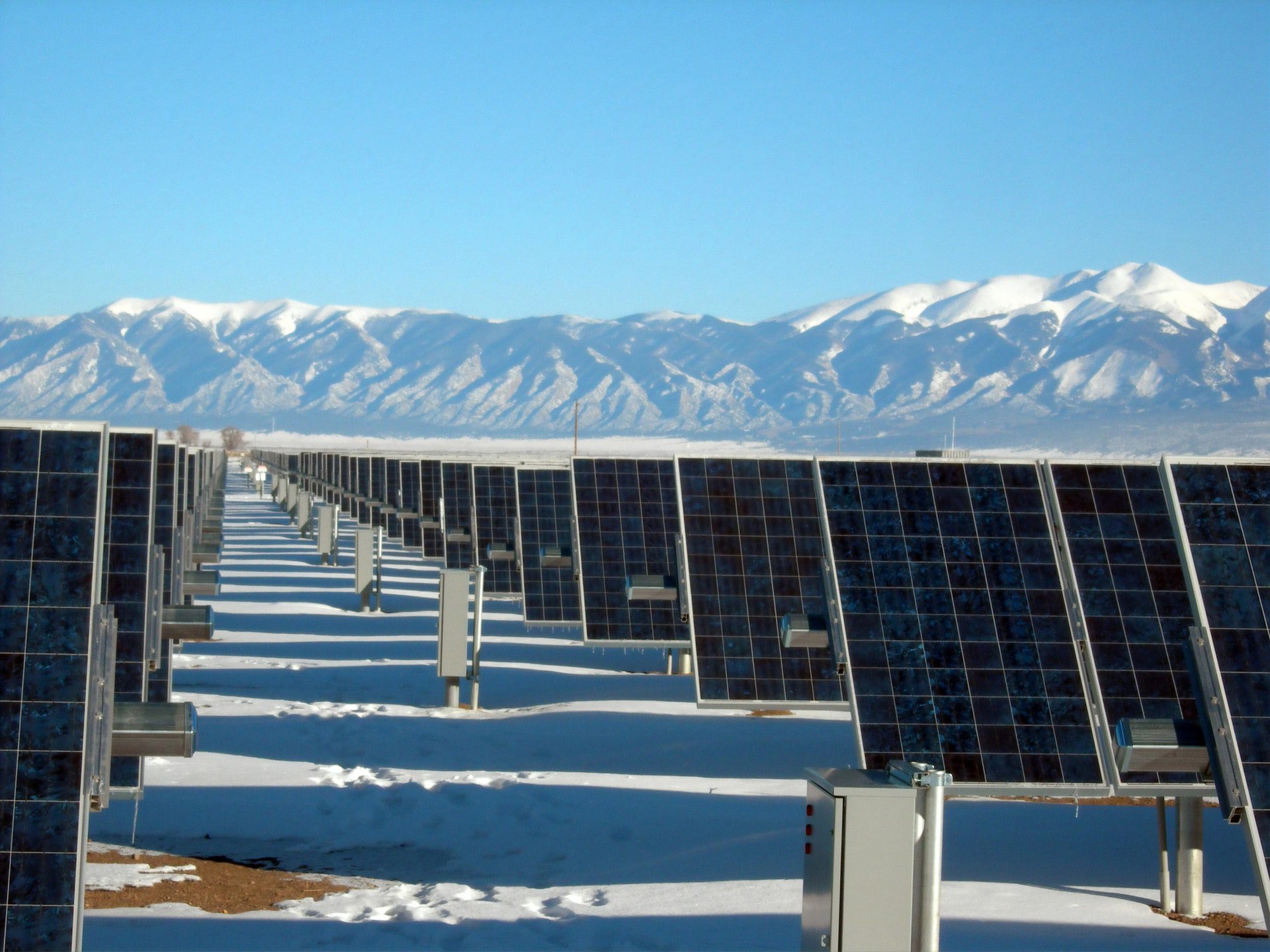Wind and Solar Are Pushing Colorado Forward In Renewable Energy
Colorado might be best known for its majestic mountains and posh ski resorts, but the state’s energy industry has a bigger impact on its economy. Energy and natural resources in Colorado account for nearly $11.4 billion in annual revenue and provide about 150,000 jobs, according to the Colorado Office of Economic Development & International Trade. Data from the U.S. Energy Information Administration (EIA) show that Colorado is the country’s fifth-largest oil-producing state and the seventh-largest producer of natural gas.
But it is also becoming a leader in renewable energy. Since 2010, renewable electricity net generation has more than tripled in Colorado, led by increased wind and solar power. Renewable energy accounted for 30 percent of the state’s total generation in 2020, according to the EIA. Its largest source of renewable energy is wind power.

In March, 24/7 Wall St., a financial news site, reported that Colorado ranks 16th in the nation in percentage of electricity production from renewables, at about 25 percent. That’s well above the national average of 17.7 percent, but still far behind leaders like Vermont, Maine, Idaho, and South Dakota, all of which get more than 70 percent of electricity production from renewables.
Colorado’s renewable energy program goes back a ways. In 2004 it passed the country’s first voter-led Renewable Energy Standard (RES) requiring electricity providers to obtain a minimum percentage of power from renewable energy sources. Since then, the state’s legislature has increased the amount of renewable energy required on three different occasions.
The most recent bill requires cooperative utilities to generate 20 percent of their electricity from renewables. As of last year’s third quarter, Colorado ranked 13th in the nation in installed solar capacity, with 1,536 megawatts of solar energy installed. The state is home to 346 solar companies that employ about 7,000 people.
You can expect Colorado and other states to ramp up their renewable energy efforts in coming years to meet the new administration’s goal of making the United States carbon neutral by 2050 – a goal that depends in large part on either eliminating or drastically reducing greenhouse gas emissions in electricity production.
That’s what electric and gas utility Xcel Energy had in mind in May, when it agreed to buy natural gas for its Colorado customers that’s produced with strict greenhouse emissions controls, becoming one of the first major utilities to embrace certified lower-carbon gas.
Under terms of the deal, Crestone Peak Resources will supply Xcel with responsibly sourced gas certified by Denver-based Project Canary, which provides continuous monitoring technology as well as a certification process to give an emissions rating for natural gas
The pilot project was launched amid a broader effort by energy companies to reduce their carbon emissions as a way of gaining more support from consumers and investors. Two years ago, Xcel, the largest utility in Colorado, committed to 100 percent carbon-free electricity by 2050.
Meanwhile, Colorado continues to make progress on the renewable energy front. Will Toor, executive director of the Colorado Energy Office, noted in a May 2 column for the Colorado Sun that the state currently ranks seventh nationwide in installed wind power, and 11th in solar. Xcel generated 37 percent of its electricity from in-state renewable resources in 2020, an increase of 30 percent from the prior year.
Three years ago, Colorado regulators approved an Xcel plan to close two coal-fired power plants decades ahead of their original closure dates. Toor said the plan “will achieve nearly 55 percent renewable energy” by 2026 and save Colorado customers hundreds of millions of dollars by replacing high-cost coal generation with lower-cost renewables.
“Revitalizing Colorado communities through investment in clean energy infrastructure is the road forward to clean air, job creation, and economic recovery,” Toor wrote.





